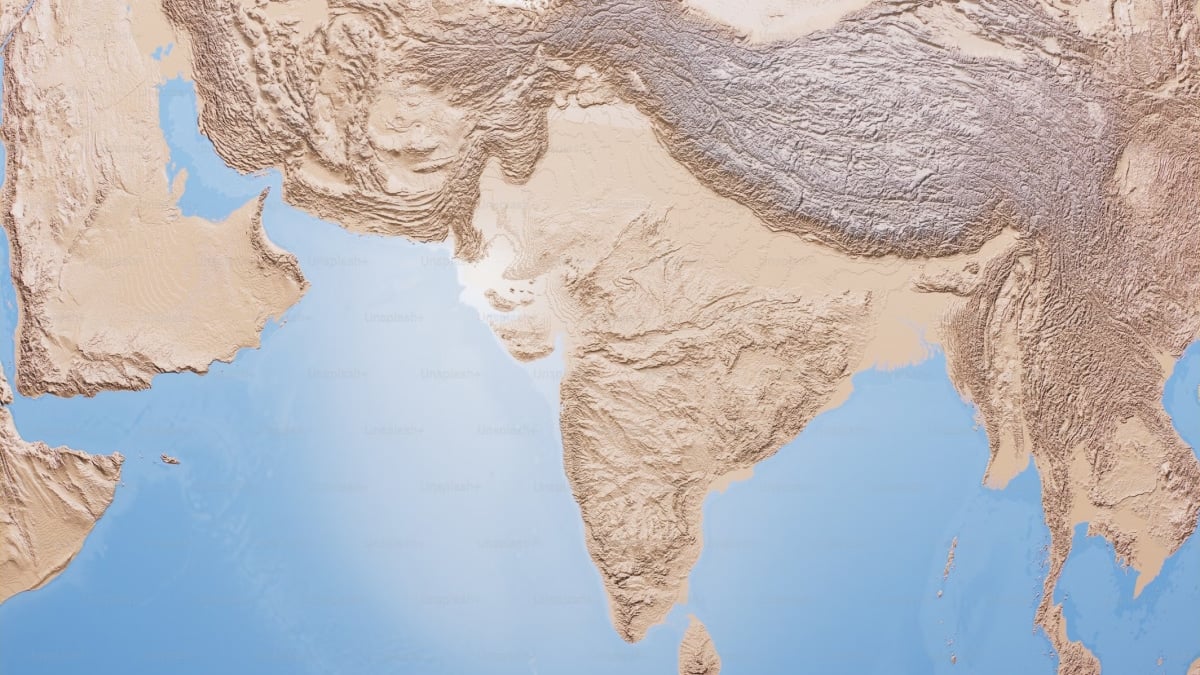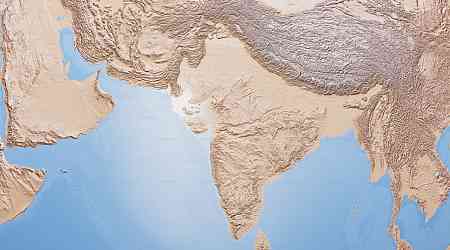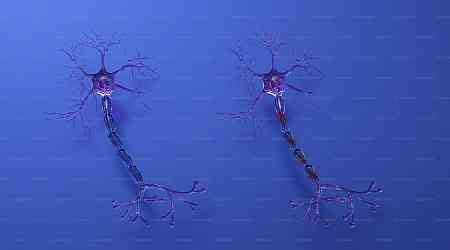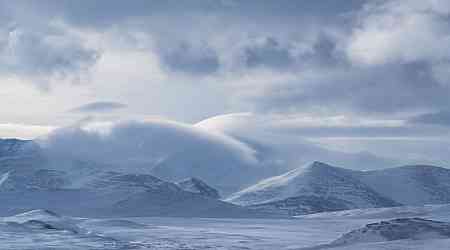Researchers at the China University of Geosciences in Beijing, led by Professor Shaofeng Liu, have shed light on the mysterious transformation of the North China Craton (NCC). This research, published in Nature Geoscience, presents a breakthrough model that explains the processes behind the craton's gradual erosion, which began in the Mesozoic era. Using detailed mantle-flow modelling, Liu's team has traced how tectonic forces deep within the Earth have destabilised this ancient portion of continental crust, challenging long-held assumptions about craton stability.
Reconstructing Ancient Tectonic Forces
In a recent study published in Nature Geoscience, the model suggests subducted beneath the Eurasian plate where the NCC is located. Unlike typical subduction, this plate didn't immediately sink into the mantle. Instead, it slid horizontally under the NCC's crust, weakening its foundation in a process known as flat-slab subduction. Using seismic and stratigraphic data, the team reconstructed this tectonic behaviour, revealing how the unusual movement triggered chemical reactions that steadily eroded the NCC's once-stable base.
Three Stages of Deformation
The research identifies three key stages in the NCC's deformation. First, as the Izanagi plate began to subduct, it exerted horizontal pressure that altered the composition of the NCC's foundation. In the second stage, the plate eventually rolled back, sinking deeper and creating a thinning effect on the lithosphere. This rollback phase also caused surface uplift and the formation of rift basins. The final stage saw the development of a “mantle wedge”—a zone of partially melted material—between the sinking plate and the craton, further eroding the base and promoting volcanic activity.
Implications for Geological Understanding
This study provides a more nuanced view of how tectonic and mantle forces interact to erode stable crustal structures over time. Liu's model offers insight into the NCC's transformation and makes our understanding of craton stability better, with practical implications for exploring mineral deposits essential to technology. The research paves the way for future studies on the complex life cycles of Earth's crustal plates, offering a window into ancient geological processes that shape the modern landscape.































